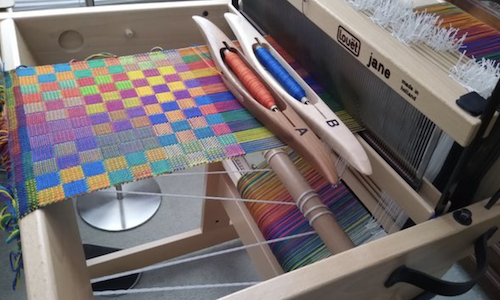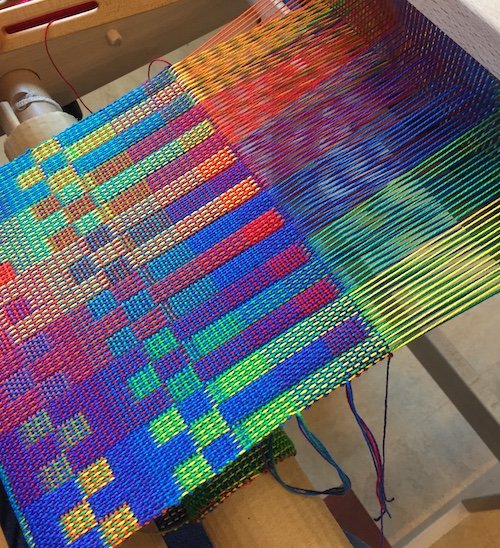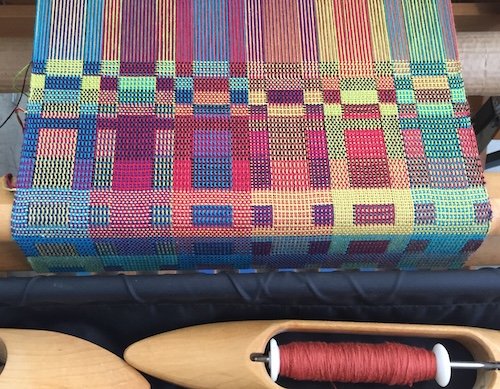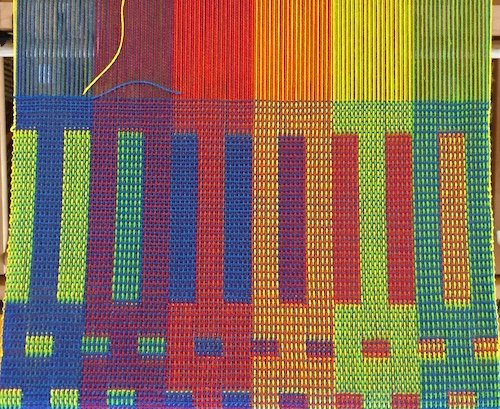Teaching an Old Teacher New Tricks
At this time last year my teaching was off to a great start. I had just finished a series of workshops in Hawaii and was about to head off to another in Florida. I had a very full year ahead of me with another twenty workshops yet to come. In early March I attended a board meeting in DC and afterwards went on a quick trip to Virginia to teach another workshop.
The day I flew home from that trip it was announced that there would be no more travel allowed into the U.S. I was still hoping that it would be possible to hold my upcoming workshops, but on my return I learned that my next workshop was cancelled, and then the next, and then the next. At the time it seemed like this might go on for another month or two, but as the year rolled on, so did the postponements. I spent the first month or so in a bit of a state of shock and spent my time working on cancelling all the travel plans I had lined up.
As the new reality set in I started to face the fact that if I wanted to be able to keep teaching, which I did, I would have to start learning some new skills and gear up for teaching virtually. I am not a particularly tech-oriented person, and still would rather write by hand and draw all my designs on graph paper. There was so much to learn - I knew nothing about zoom or online platforms. While I do have a Facebook page, I almost never go there, and had completely ignored all the other social media.
I immersed myself in taking webinars - how to create an online course, how to start a blog, how to film video, what camera do you need, what lighting do you need, what microphones work best? The more I watched the more overwhelmed I felt. I contacted other weaving teachers and picked their brains about what they were doing, what was and what wasn’t working. At some point I realized that I needed to stop gathering information and start acting.
Bit by bit I have acquired new skills. Sometimes it feels like the progress is painstakingly slow and I haven’t really gotten anywhere. But then I look back and I can see all the things that I know how to do now that I didn’t know a year ago. There’s still so much to learn, and there always will be, but that’s okay, and actually even healthy.
I’ve now given ten or twelve guild programs by zoom, and it not only has become comfortable, but even fun. I get to see all these friendly weaver faces, and even old friends, from all over the country and beyond. And even though the faces are small on the screen, you get to actually see them, as opposed to all the anonymous masked people that pass you when you venture out into the world.
I taught a couple sections of my Mathemagical Design class by zoom in the fall and consulted by zoom for a group that was taking my online Doubleweave course through Long Thread Media. But my big push was to prepare for teaching my Double Rainbow weaving workshop by zoom. This involved not only translating all the lectures that I give using a whiteboard in person to Powerpoint slideshows, but filming and editing all my loom demonstrations.
Fortunately, my partner, Nelson, is comfortable both at the computer and acting as a videographer. Having taught for three decades and having twice worked with Interweave to film doubleweave courses, I was reasonably comfortable with being in front of the camera. But what I thought would take an hour would end up taking a couple days, as the phone would ring in the middle of filming, or everything would go perfectly, but then you would discover that the camera battery had quit halfway through the shoot.
The job of editing the videos and synchronizing all the audio and video fell to me. Film editing??? That sounded not only scary, but utterly impossible. But to my surprise, it actually turns out to be pretty fun. Oh look - I can make these scenes fade in and out. Oh look - I can drop in an image of the instructions while I’m demonstrating, or add a text window for that thing I forgot to say.
I’ve just finished teaching the first two Double Rainbow workshops by zoom, and they not only went well, but they were a lot more fun and more personal than I expected them to be. With just twenty or so faces on the screen and time to go around the ‘room’ talking to everyone, you feel like you get to know each other just about as much as in a live workshop. The potluck lunches aren’t nearly as fun when you’re home by yourself, however.
Once thing that I miss about live classes is walking around the room and seeing what everyone is weaving. I can’t possibly begin to explore all the possibilities myself, and it’s fun and rewarding to see students take what they’ve learned and go in directions that I’ve never even thought of. We’re sharing photos in an online group space, which is great, but just makes me long for seeing the real work in person.
As I think most teachers would agree, we learn as much from our students as they learn from us. I’ve picked up so many helpful ideas and learned about so many tools and resources that I’ve incorporated into my own studio and practices. One student recently figured out a way to hold the plastic top of a spice bottle to carry the four threads for our multi-colored warp. Another got her son to make a hand-held device for carrying the threads on his 3-D printer. I can’t wait to get mine and try it out on my next warp.
A wonderful chain of events occurred when a student in my first zoom workshop worked out an improved version of the skeleton tie-up that I use. When I presented that to my second workshop another student figured out a way to expand that for more possibilities, another one worked out a color-coding system for the treadles, and yet another one put it all together into a great graphic. Thank you all!
While the workshops I taught were through guilds in Illinois and Arizona, some of the students were from other states as far away as Alaska. That’s hard to do in real life. And the weavers like the fact that they don’t have to schlep looms and other equipment and materials around, as well as having time in between sessions to weave and to absorb the information.
I think that the virtual workshop format is likely to take a strong hold even after we are able to travel and meet in person again. I will be out there as soon as it is possible so that we can walk around the room to see everyone’s work, and sit down and share a meal and stories together. But it’s pretty great that we are able to get together on the screen, learn from each other, and keep the journey moving forward. And I am so glad that I am still able to…











